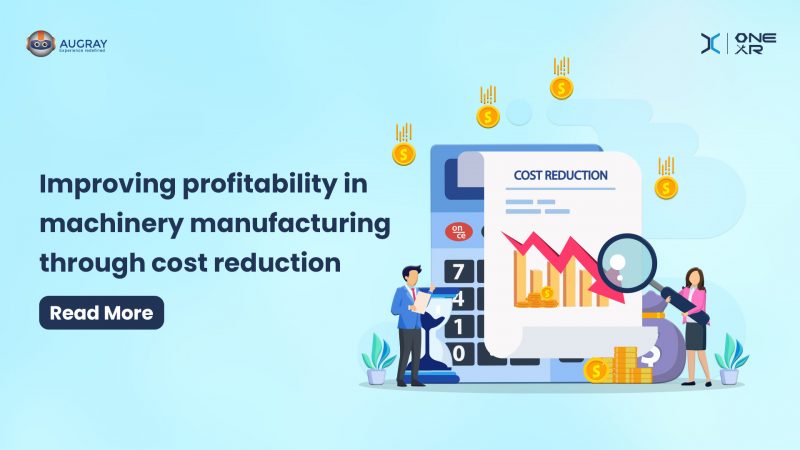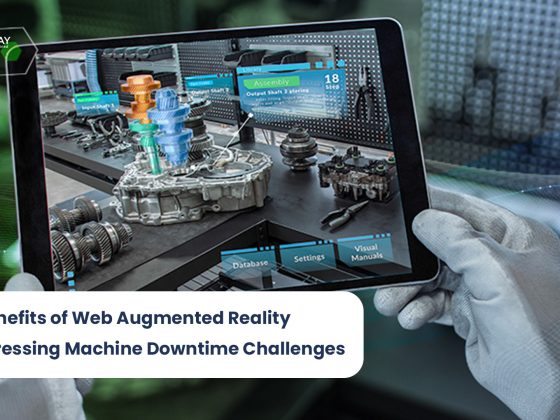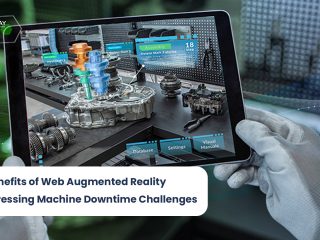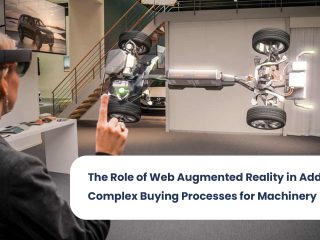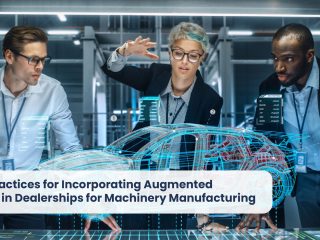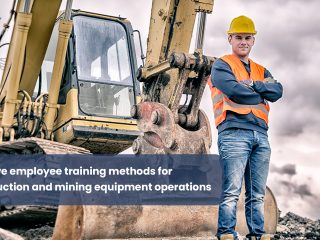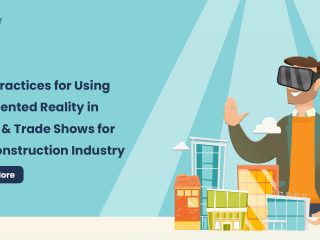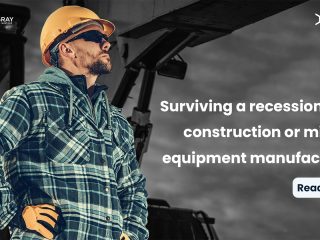Introduction
In the machinery manufacturing industry, improving profitability is a constant goal. One effective strategy to achieve this is through cost reduction initiatives. With the emergence of extended reality (XR) technologies, such as virtual reality (VR) and augmented reality (AR), manufacturers can leverage these tools to streamline operations, optimize processes, and ultimately reduce costs. This article explores how XR can contribute to cost reduction in machinery manufacturing, providing real-life examples and discussing eight key subheadings.
1. Supply Chain Optimization:
Effective supply chain management is crucial for cost reduction in machinery manufacturing. XR can help optimize the supply chain by improving communication, reducing lead times, and minimizing errors. For instance, using AR, manufacturers can overlay digital information on physical parts during assembly, reducing the time spent on verifying components and ensuring accurate inventory management.
Example: An industrial equipment manufacturer implemented AR-based pick-and-place systems in their warehouse, which reduced picking errors by 40% and improved inventory accuracy, resulting in significant cost savings.
2. Enhanced Design and Prototyping:
XR technologies offer powerful tools for design and prototyping, leading to cost savings in the development phase. By visualizing virtual 3D models and conducting virtual simulations, manufacturers can identify design flaws early, optimize product designs, and reduce the number of physical prototypes required.
Example: An agricultural machinery manufacturer utilized VR simulations to test different design iterations virtually, resulting in a 30% reduction in physical prototypes and associated costs.
3. Efficient Training and Skill Development :
Effective training is essential for ensuring optimal workforce performance. XR-based training programs offer immersive and interactive experiences that enable employees to acquire skills more efficiently. This reduces training time, improves productivity, and minimizes costly errors caused by lack of proficiency.
Example: A heavy machinery manufacturer implemented VR-based training for machine operators, resulting in a 20% reduction in training time and a significant decrease in operator errors during actual production, leading to improved productivity and cost savings.
4. Remote Collaboration and Support :
XR technologies enable remote collaboration and support, reducing travel costs and downtime. Manufacturers can connect remote experts with on-site personnel through AR, allowing real-time guidance, troubleshooting, and knowledge sharing without the need for physical presence.
Example: A global machinery manufacturer used AR remote support to connect field technicians with experts, reducing travel expenses by 60% and minimizing machine downtime by resolving issues quickly and effectively.
5. Preventive Maintenance and Equipment Monitoring :
Preventive maintenance helps avoid costly breakdowns and unplanned downtime. XR can be integrated with Internet of Things (IoT) sensors to monitor equipment health and provide real-time data visualization, enabling predictive maintenance and timely interventions to prevent failures.
Example: A manufacturing company employed AR overlays to visualize sensor data from production equipment, allowing technicians to identify potential issues proactively. This resulted in a 15% reduction in equipment downtime and avoided significant repair costs.
6. Streamlined Quality Control and Inspection :
Quality control and inspection processes are critical in machinery manufacturing. XR technologies enhance these processes by enabling real-time overlays of digital information on physical components, facilitating efficient inspections and reducing the likelihood of errors.
Example: An aerospace manufacturer utilized AR-based quality control systems, which improved inspection accuracy by 20%, reduced rework costs, and accelerated the production process.
7. Energy Efficiency and Sustainability :
XR can contribute to cost reduction through improved energy efficiency and sustainability practices. By using VR simulations, manufacturers can optimize energy consumption, identify areas of waste, and implement energy-saving measures.
Example: A machinery manufacturer implemented VR simulations to assess energy usage in their production facility, leading to a 15% reduction in energy consumption and associated costs.
8. Data-Driven Decision Making :
XR technologies generate valuable data that can inform decision-making processes. By analyzing XR-driven analytics, manufacturers can identify bottlenecks, optimize workflows, and make data-driven decisions to reduce costs across various operational areas.
Example: A heavy equipment manufacturer analyzed data collected from XR training simulations and identified specific areas for process improvement, resulting in a 25% reduction in production costs and improved overall profitability.
There are many real-life examples of how XR is being used to improve profitability in machinery manufacturing. Here are a few:
- Siemens is using XR to train its employees on how to operate its new wind turbines. The company has created a VR simulation that allows employees to walk through the turbine and learn about its different components.
- Boeing is using XR to train its employees on how to assemble its new 787 Dreamliner aircraft. The company has created an AR app that allows employees to see digital instructions and annotations overlaid on real-world aircraft.
- General Electric is using XR to train its employees on how to repair its jet engines. The company has created a VR simulation that allows employees to practice repairing jet engines in a safe and controlled environment.
These are just a few examples of how XR is being used to improve profitability in machinery manufacturing. As XR technology continues to develop, we can expect to see even more innovative and effective ways to use XR for training, maintenance, and other tasks in the machinery manufacturing industry.
Conclusion:
Cost reduction is a key driver of profitability in machinery manufacturing, and XR technologies offer significant opportunities to achieve this objective. Through supply chain optimization, enhanced design and prototyping, efficient training, remote collaboration, preventive maintenance, streamlined quality control, energy efficiency, and data-driven decision making, manufacturers can leverage XR to reduce costs, improve operational efficiency, and ultimately enhance profitability. By embracing XR, machinery manufacturing companies can stay competitive in an ever-evolving industry while optimizing their financial performance.
